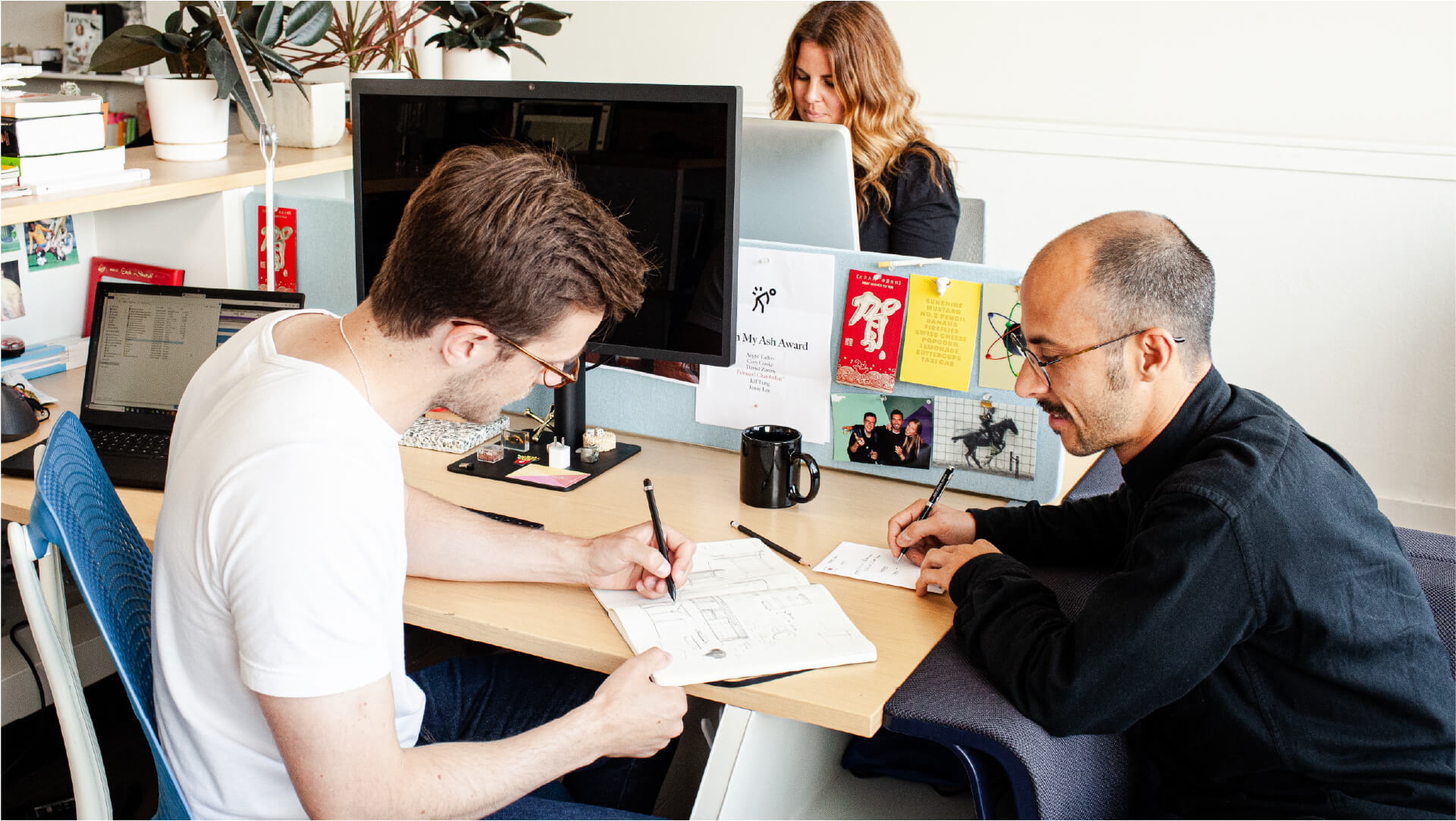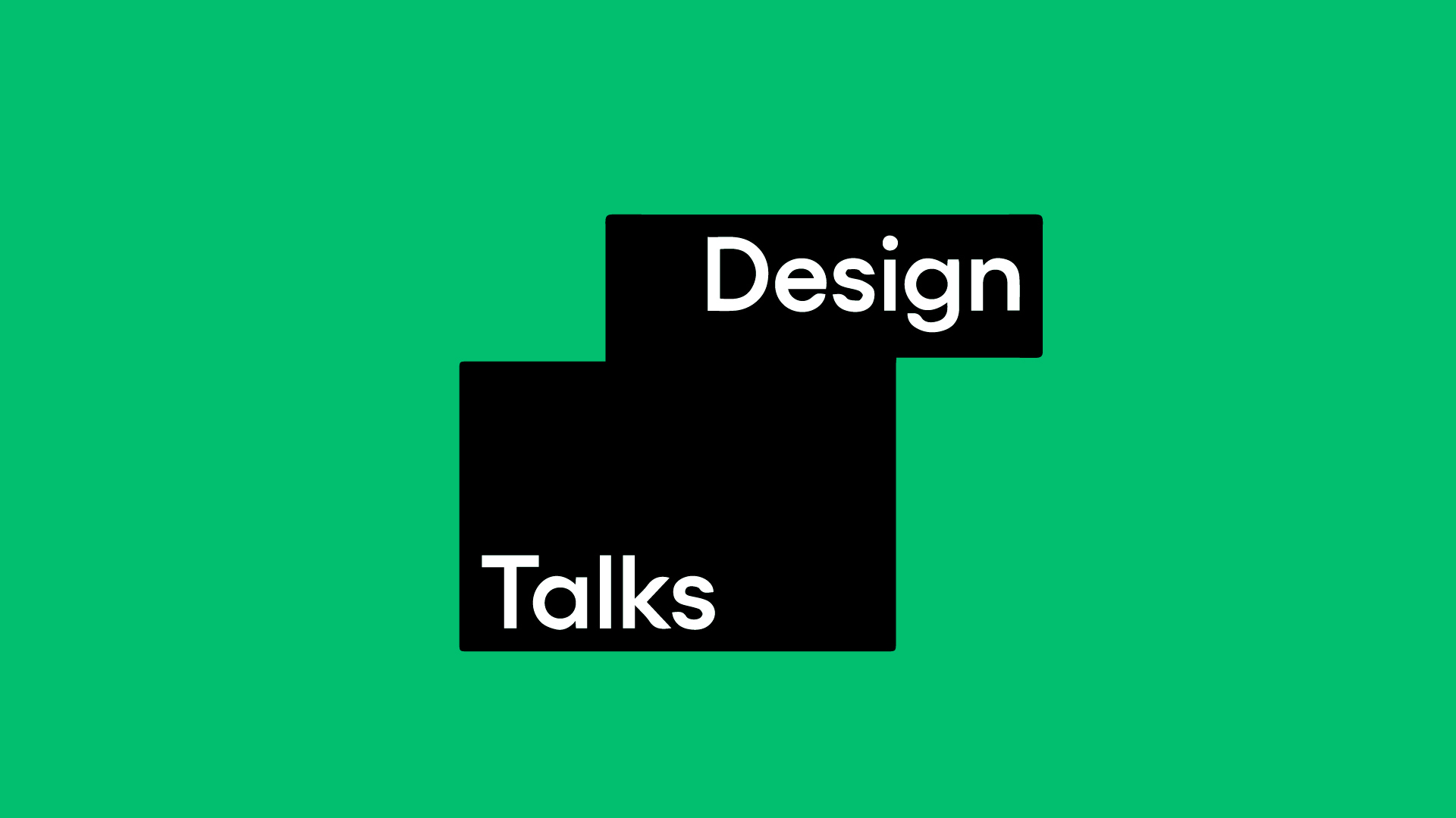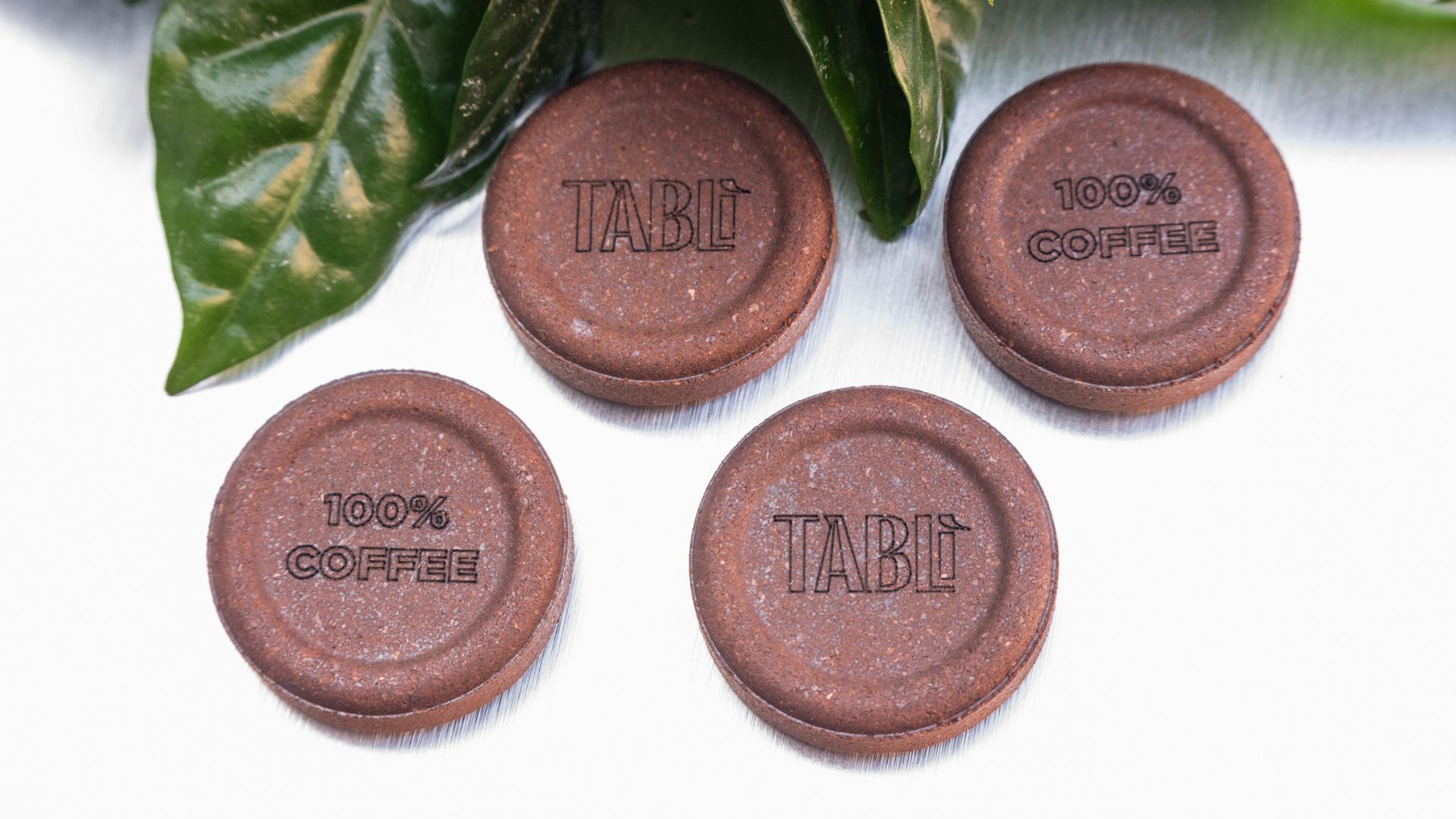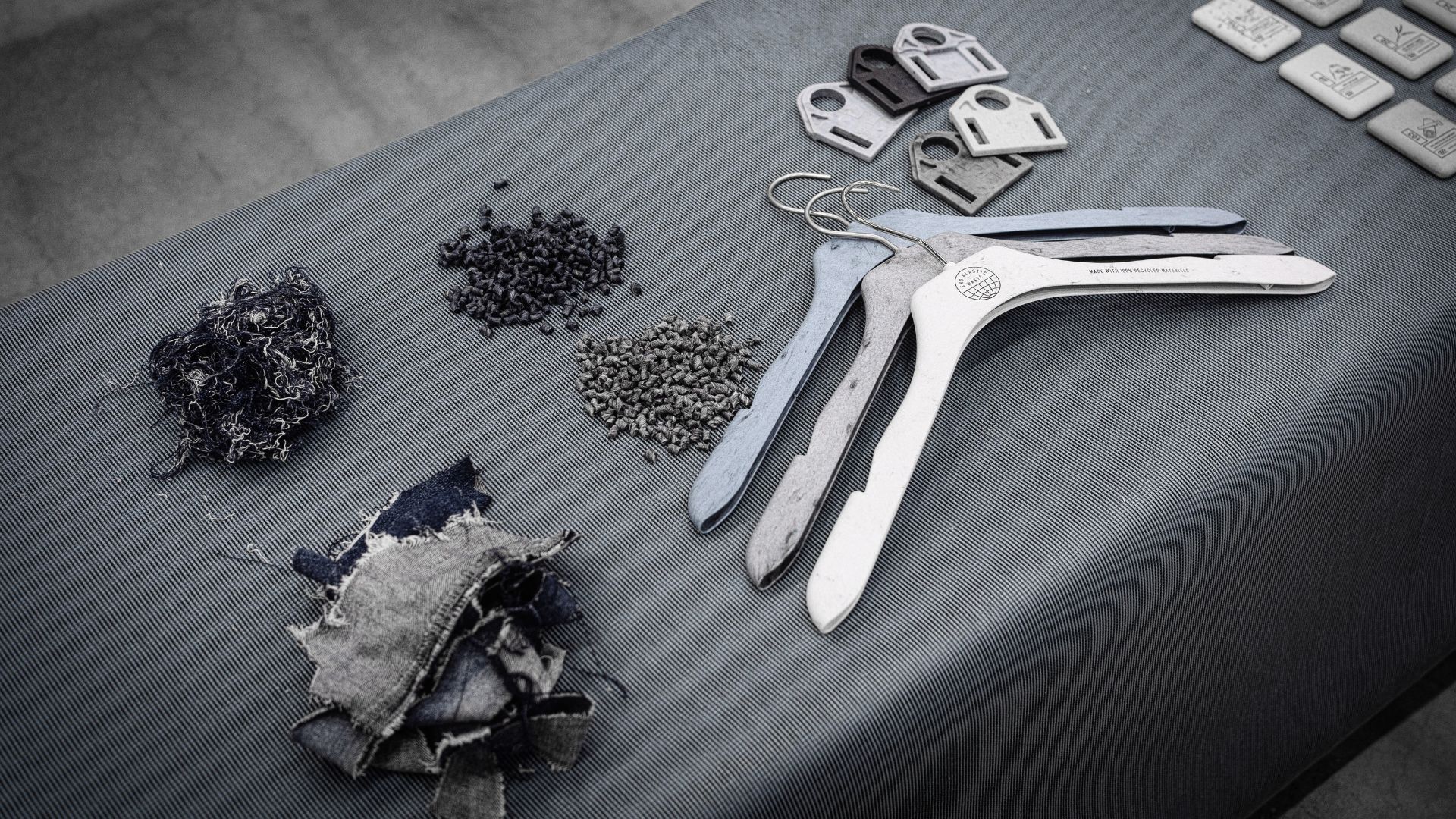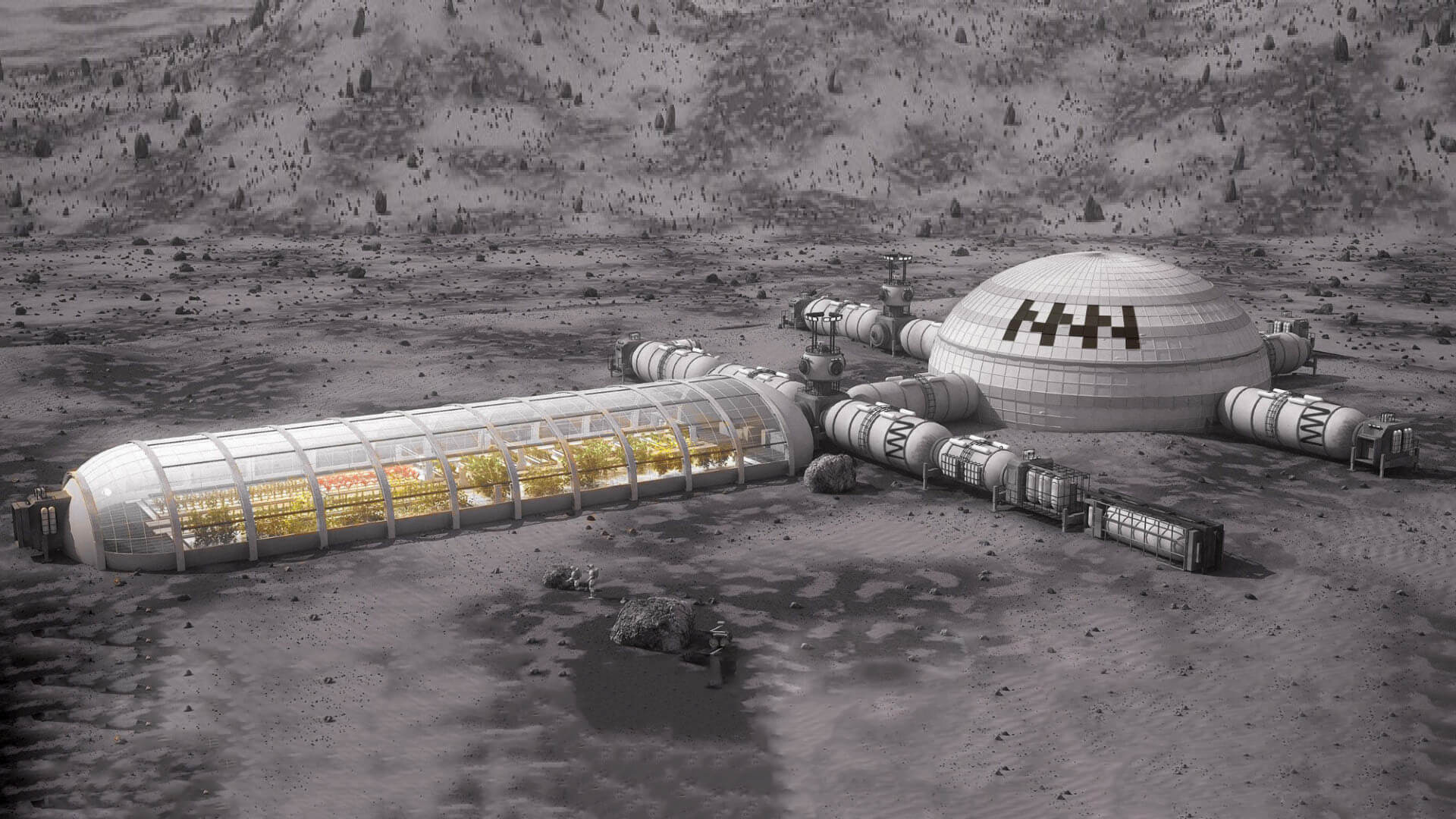We all have products in our lives that make us happy – Meet Tati Ferrucio
Tati Ferrucio’s design philosophy centers on the belief that design should elevate our daily lives. She holds that, much like other aspects of life, we should be surrounded by objects that inspire us to strive for our best selves every day.
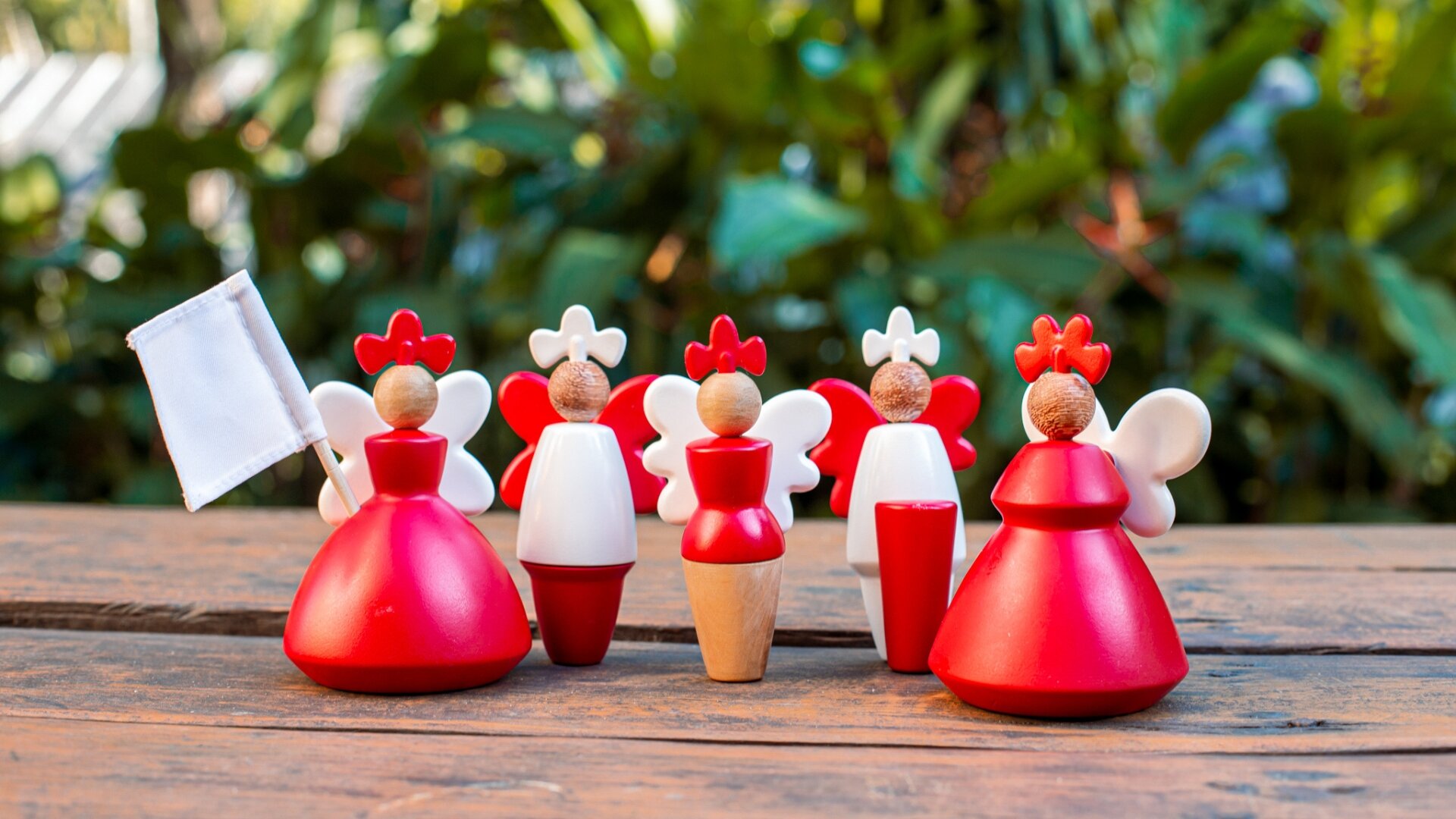
Tati Ferrucio, a Brazilian industrial designer, is passionate about blending culture, innovation, and design to enhance everyday life. With her extensive international experience and diverse design background, we asked her to share how her past experiences and cultural roots shape her work and vision of what design should achieve.
Her philosophy centers on creating designs that improve quality of life by making everyday tasks easier and more enjoyable, while also promoting sustainability. She identifies the main challenges in design as understanding consumer behavior and integrating sustainable practices into traditional manufacturing. Ferrucio’s research methods vary by project but always involve a blend of digital and physical sources to ensure a comprehensive understanding of the context and needs.

Who is Tati Ferrucio? How did your design journey begin?
Tati Ferrucio:
“I am a Brazilian industrial designer passionate about design, culture, and innovation. Since 2016, I have designed products for various markets, including furniture, appliances, toys, and home goods. Originally from Rio de Janeiro, I am a proud Carioca with global work experience, having worked in Rio, Germany, and now back in the United States.
From a young age, my family encouraged me to explore art in all its formats and languages, nurturing my ability to play and create new things. Adding to this mix, I was born and raised in Rio de Janeiro, a city that breathes and honors its culture. Rio is a very magical place where the city meets Nature in every detail. My cultural background was key to my professional development, enabling me to see culture from a profound perspective – it is this thing that makes us feel part of something bigger and recognize ourselves anywhere in the world.

My design journey started at Indio da Costa AUDT, a renowned design and architecture agency in Brazil. This experience not only introduced me to the role of a designer within a project but also shaped my work ethic and career aspirations.
My career took a significant turn when I moved to the United States in 2018. Here, I had the privilege of working at GE Appliances and later at BARK Inc., which eventually led me to my current role at LIXIL. At LIXIL Global Design, I had the opportunity to explore diverse design practices from around the world. In 2023, I went on a new life and work chapter in Germany, where I immersed myself in the intricate relationship between design and culture, further deepening my understanding of these intertwined elements.”

Which do you think is the main element of a product that determines a better quality of life for its users?
Tati Ferrucio:
“The product’s ability to support us in effortlessly accomplishing a specific task is the key point for quality of life improvement. Technology is often associated with making life easier, but when I talk about efficiency, I also mean products that emotionally influence you to reach a goal in your life (in a subconscious way sometimes). A good example could be a smartwatch that helps you track the distance you run or a kitchen tool that makes cooking easy and joyful.
We all have products in our lives that make us happy, either because they make our lives easier or because we have an emotional attachment to them. I also believe that aesthetics matter in this context—people must surround themselves with objects that make them feel proud, happy, and confident.”

How would you describe your design philosophy and approach?
Tati Ferrucio:
“I believe design should bring out the best in us. As with any other aspect of our lives, we should surround ourselves with objects that inspire us to be the best versions of ourselves every day. It can be a bottle that helps you drink more water during the day or a bicycle that makes your commute joyful and sustainable, for example.
Design is about easing the challenges of our daily lives with objects and tools that help us to be better from a micro to a macro perspective. In other words, we can be better humans by design. My ultimate goal is to empower people to improve their quality of life and positively impact their communities, environment, and, consequently, themselves.”

From your point of view, what are the biggest challenges in every design process?
Tati Ferrucio:
“Two aspects of the design work are the most challenging. One is to understand the consumer’s behavior and find the correct design language to communicate with them. Designing a product for the mass market means accommodating many consumers with differing requirements and desires. While some people might have similar opinions about a product, we also need to consider individuals’ unique perspectives and experiences. Designing a product that satisfies everyone is a real challenge.
The second challenge is implementing sustainable strategies and practices in manufacturing processes that have followed the same logic for hundreds of years. In recent years, designers have worked on ideas that optimize life for comfort and convenience, such as delivery and streaming services. However, these ideas often worsen inequality and neglect environmental limits. Changing this approach to prioritize the environment is highly challenging. Companies will face difficulties in the coming years as they try to deliver positive consumer experiences while adapting products to be more environmentally friendly.”

Prior to starting a new project, what type of research do you do and why? What information do you look for and where?
Tati Ferrucio:
“My research depends on the project scope and its goals. Consumer-driven projects typically involve interviews with focus groups, analyzing competitors’ products, studying trends, seeking inspiration online, etc. When working with innovation, that path can be quite different. For example, some projects I’ve worked on required extensive exploration of materials. In those cases, I spent more time learning about material composition and various techniques for working with this piece of textile to generate new ideas for their use. Some projects are both consumer-driven and innovative, as they are looking for solutions in the far future. Those involve studying future scenarios, extensive reading, and learning about upcoming technologies and their potential integration into future lifestyles.
It isn’t easy to pinpoint where I conduct my research because the sources I utilize can vary a lot. I explore a wide range of online resources such as mood boards, articles, and Instagram. Still, I also seek inspiration from physical books and museums, as well as from observing people in their everyday lives. I like to think of this disconnection from the digital as a way of building a visual archive of thoughts and experiences that gives you a perspective when designing something new.”

Is there a product category you favor over others you’ve encountered so far? If so, why?
Tati Ferrucio:
“Over the past few years, I have really enjoyed working with toys, but I have discovered a passion for designing home goods. There is something unique about creating objects that live in the home environment—that is where you should feel most intimate and connected with yourself. Home is that place you share with your loved ones, so everything there should be well-curated. I like the idea that my work will touch people’s lives in those little corners of their apartments or houses, making these places comfortable and irreplaceable.
In the industry I work in, we promote sustainability and find ways to conserve water. Our team focuses on designing products that can help individuals reduce the number of plastic bottles in circulation, optimize water usage through efficient water systems, and implement many other strategies to contribute to a better and more sustainable world. I am proud to be a part of this and enjoy the challenges it presents.”
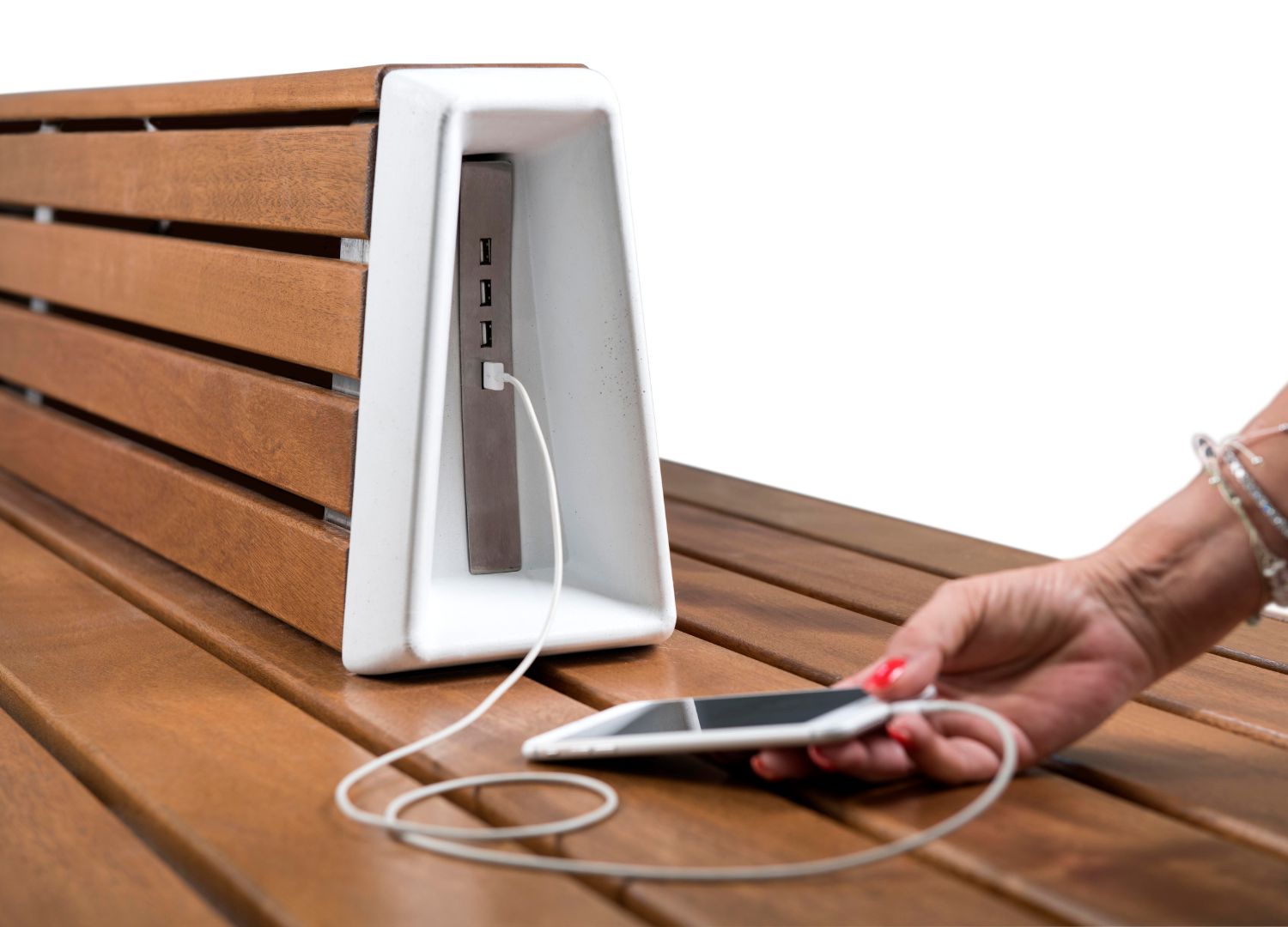
Considering your extensive and diversified background, what makes a design idea truly innovative in your opinion?
Tati Ferrucio:
“I believe innovative design comes from designing culture and within culture rather than just an object out of context. Ideas become more successful when designers approach product development from a holistic perspective, taking into consideration the entire ecosystem where this product will live, including the symbols, values, and aspirations of a whole community.
Industrial Design is communication through physical objects: symbols, language, and voice tone matter. You can do an outstanding job of conveying a clear message to your audience but not really connecting to their hearts. The most successful products I’ve come across have been able to establish a unique and intimate connection with their audience. Designing around a comprehensive ecosystem enables individuals to feel validated when their expectations are met and also fosters a sense of belonging to a larger collective identity.”


















